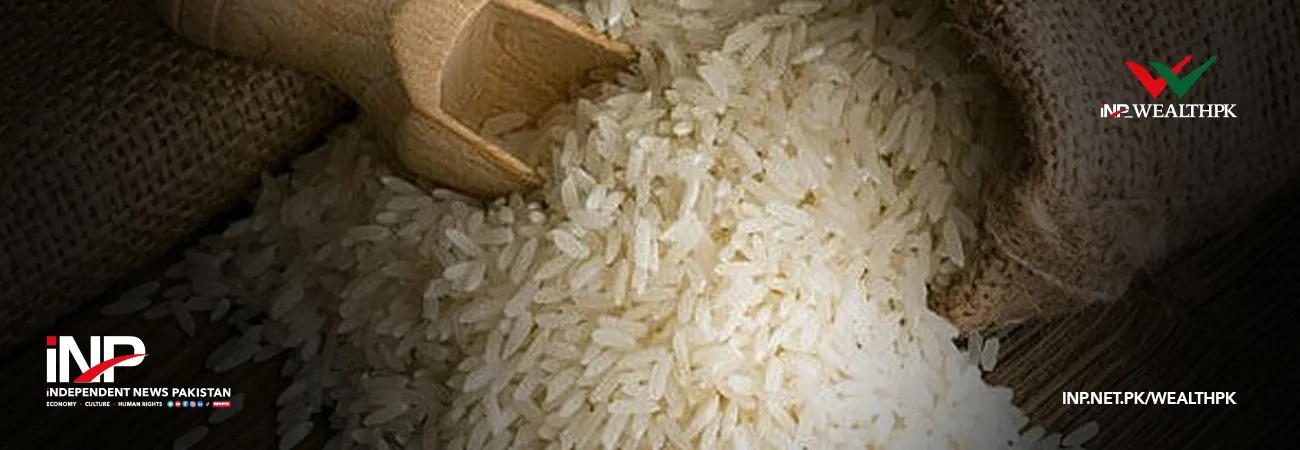INP-WealthPk
By Ayesha Saba
ISLAMABAD, June 06 (INP-WealthPK): The Water and Power Development Authority (Wapda) has accelerated work on several small and medium-sized dams in a bid to boost Pakistan’s renewable energy output, water availability and climate resilience.
In this respect, the authority has devised a plan to increase the country’s hydropower capacity from the existing 9,406MW to 20,591MW by the year 2028-29.
 Due to a shortage of dams, Pakistan can store only 0.09% of the total water it receives annually. If a few additional small-scale dams are built, much of the wasted water can be stored, according to WealthPK research.
According to official sources in Wapda, both the small and big dams are being established in parts of the country to ensure better utilisation of water resources.
According to sources, the Winder Dam project in Balochistan would generate 0.3MW of electricity and store 0.036 million acre-feet (MAF) of water on completion. Similarly, the Naulong Dam, also in Balochistan, would generate 4.4MW of power and store 0.20MAF of water. Hingol Dam and Garuk Dam, also in Balochistan, would generate 1MW of electricity and store 1.41MAF of water, and 0.3MW of energy and store 0.05MAF of water, respectively.
They added that Nai Gaj Dam and Darawat Dam in Sindh would, respectively, generate 4.2MW of electricity and store 0.30MAF of water, and 0.45MW of energy and store 0.12MAF of water.
In Punjab, they said, construction work on Ghabir Dam with 0.15MW power production and 0.066MAF water storage capacity and Papin Dam with 0.3MW power production and 0.089MAF water storage capacity, was at various stages.
Muhammad Adnan Shakil, a senior scientific officer at the climate change, alternative energy and water resource institute of the National Agriculture Research Centre, told WealthPK that Pakistan's economy was predominantly agricultural, and it was not difficult to comprehend how intimately water and economy were interlinked. “If the water issues are not addressed in a timely manner, they will have a severe impact on our economy.”
He said that a number of factors had contributed to prevailing water scarcity in Pakistan, including the country's location in a semi-arid region with an annual rainfall of less than 240 millimeters. “Climate change has exacerbated the problem by changing rain patterns and causing droughts.”
“The quality of freshwater is deteriorating. It is estimated that by 2025, the total shortfall would equal almost two-thirds of the entire Indus River system's annual average flow,” he cautioned.
Adnan Shakil further said the increasing population had further worsened the country’s water indicators for the future. “Pakistan is the fourth largest user of water in the world. This will have an exponential effect on the water supply system if the authorities do not find a permanent solution to the water issue.”
The UN estimates that by 2050 the population of Pakistan will reach over 380 million, further putting the squeeze on water availability in the country.
Due to a shortage of dams, Pakistan can store only 0.09% of the total water it receives annually. If a few additional small-scale dams are built, much of the wasted water can be stored, according to WealthPK research.
According to official sources in Wapda, both the small and big dams are being established in parts of the country to ensure better utilisation of water resources.
According to sources, the Winder Dam project in Balochistan would generate 0.3MW of electricity and store 0.036 million acre-feet (MAF) of water on completion. Similarly, the Naulong Dam, also in Balochistan, would generate 4.4MW of power and store 0.20MAF of water. Hingol Dam and Garuk Dam, also in Balochistan, would generate 1MW of electricity and store 1.41MAF of water, and 0.3MW of energy and store 0.05MAF of water, respectively.
They added that Nai Gaj Dam and Darawat Dam in Sindh would, respectively, generate 4.2MW of electricity and store 0.30MAF of water, and 0.45MW of energy and store 0.12MAF of water.
In Punjab, they said, construction work on Ghabir Dam with 0.15MW power production and 0.066MAF water storage capacity and Papin Dam with 0.3MW power production and 0.089MAF water storage capacity, was at various stages.
Muhammad Adnan Shakil, a senior scientific officer at the climate change, alternative energy and water resource institute of the National Agriculture Research Centre, told WealthPK that Pakistan's economy was predominantly agricultural, and it was not difficult to comprehend how intimately water and economy were interlinked. “If the water issues are not addressed in a timely manner, they will have a severe impact on our economy.”
He said that a number of factors had contributed to prevailing water scarcity in Pakistan, including the country's location in a semi-arid region with an annual rainfall of less than 240 millimeters. “Climate change has exacerbated the problem by changing rain patterns and causing droughts.”
“The quality of freshwater is deteriorating. It is estimated that by 2025, the total shortfall would equal almost two-thirds of the entire Indus River system's annual average flow,” he cautioned.
Adnan Shakil further said the increasing population had further worsened the country’s water indicators for the future. “Pakistan is the fourth largest user of water in the world. This will have an exponential effect on the water supply system if the authorities do not find a permanent solution to the water issue.”
The UN estimates that by 2050 the population of Pakistan will reach over 380 million, further putting the squeeze on water availability in the country.













